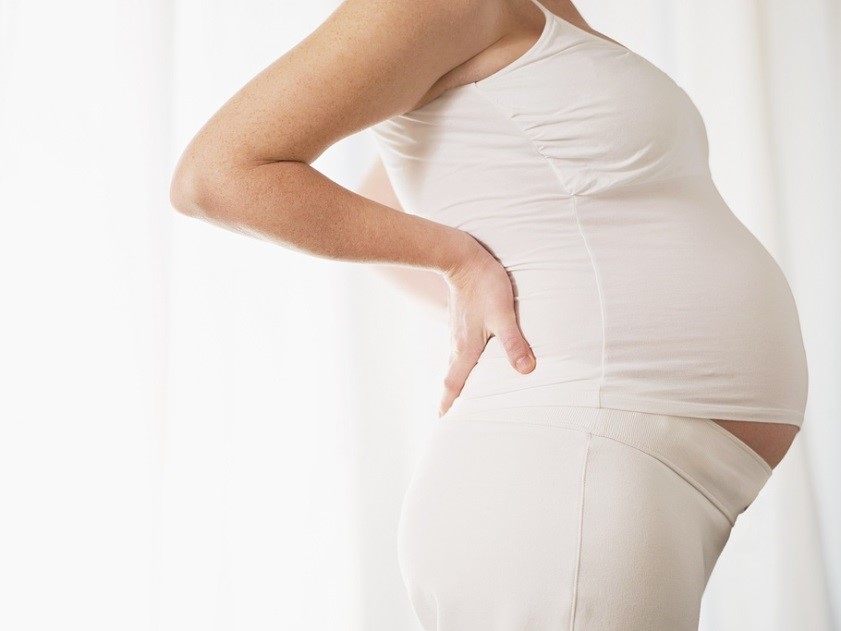What is Pregnancy Related Pelvic Girdle Pain?
Pregnancy related pelvic girdle (PGP) pain is extremely common and affects around 1 in 5 women at some stage during their pregnancy. It is a term used to describe pain in the joints that make up the pelvic girdle (the pubis synthesis at the front of the pelvis and the sacroiliac joints at the back of the pelvis).
The pain typically occurs from around the 18th week of pregnancy often resolves by the third month in the postpartum period. Pain can be experienced in the pubic area, small of the back, hips, thighs or groin and can include a combination of these areas.
What are the symptoms of PGP?
Common symptoms include pain and discomfort on weight bearing activities, pain on single leg activities i.e. walking up and down stairs, difficulty turning over in bed or getting in and out of the car, discomfort if standing for over 10 minutes, difficulty finding a comfortable seated position, and difficulty walking (especially a faster pace).
What causes pelvic girdle pain?
The two main causes of PGP are hormonal, and biomechanical:
The hormonal cause is due to large quantities of a hormone called relaxin that women produce during pregnancy. This increases general ligament laxity in the pelvis to prepare the body for the labour process. Therefore there is a small increase in movement at the range of motion at the pelvis. If this is not accompanied by an increase in muscle control (core stability), pain can arise.
Biomechanical changes also occur during pregnancy. As the uterus grows, the centre of gravity and position of the pelvis changes, which alters the load on the pelvis and increases stress on ligaments and muscles that surround the pelvis.
What are the risk factors?
Risk factors for PGP include, a previous history of pelvic pain and/or low back pain, previous pregnancies, PGP in a previous pregnancy, increased body mass index either prior to, or by the end of pregnancy, a hard physical job or poor working postures.
Is there anything I can do to help myself?
Here are some simple tips to try to prevent or ease pelvic girdle pain:
- Avoid lifting any load on one side of the body, for example, switch to a backpack instead of a large handbag.
- Avoid moving and twisting with a ‘staggered standing stance’ i.e. standing with one foot slightly in front of the other; instead, try to have your feet square or in-line so as not to create excess torsion on the pelvis.
- Try sleeping with a pillow in your knees. This can be more comfortable as it helps to maintain a neutral spinal and pelvic position.
- Where possible, keep your knees together when changing position i.e getting in and out of a car, or getting out of bed.
What can physiotherapy do to help?
Your physiotherapist will complete an assessment to determine exactly which structures within the pelvic and spinal area are contributing to your pain. They can then provide specific treatment programme for you including manual therapy to ease pain and discomfort as well as an exercise programme and advice that is tailor made for you.

